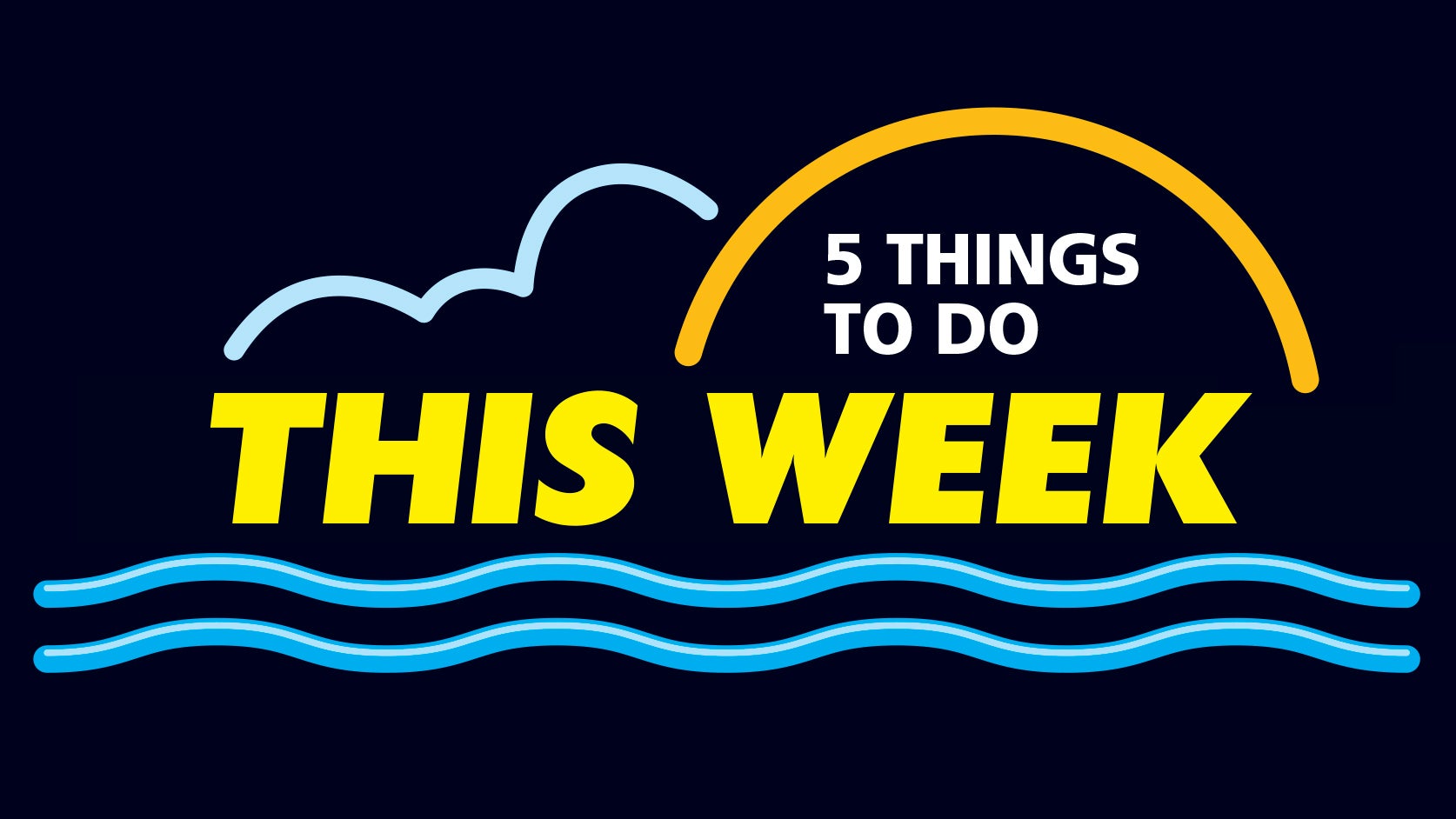New financial assistance effort aimed at reducing Minnesota’s stark homeownership racial gap
Published 5:58 am Friday, February 9, 2024
|
Getting your Trinity Audio player ready...
|
By Mark Zdechlik, Minnesota Public Radio News
Jamar Hardy knows home equity is a key to building wealth. He also knows pathways to owning a home haven’t always been clear of obstacles for buyers of color.
Hardy, a real estate agent and managing broker of an Edina Realty office in south Minneapolis, has high hopes that a new state program aimed at lifting up buyers in historically disadvantaged communities will change that.
“This is unprecedented because it’s going to be over $30,000 somebody can potentially access and potentially layer with other programs to get into a home,” said Hardy, who leads Edina Realty’s diversity efforts and who has been in the industry for almost two decades.
State leaders are putting the finishing touches on a pair of programs, which were approved and funded by last year’s Legislature. Sometime this spring, qualified buyers will be able to access money to help with down payments, which are often a barrier to purchasing.
The $150 million will go toward assistance, including forgivable, zero-interest down payment loan money for what are considered first-generation home buyers and those who lost their home to foreclosure. The new funding is intended to help about 5,000 Minnesota home buyers.
“We really wanted to have a greater opportunity for particularly for low-income folks but also for people of color to have an opportunity to become a homeowner in Minnesota,” said Rep. Esther Agbaje, DFL-Minneapolis, who helped create the program.
There are two similarly named programs — the First-Generation Homebuyer Loan Program and the First-Generation Community Down Payment Assistance Fund. One is capped at $35,000. The other is capped at $32,000. Those two cannot be combined.
To qualify as a first-generation buyer, recipients and their parents must not have previously owned a home. Those who lost a home to foreclosure are also eligible.
There are also income eligibility requirements. Both loans are forgivable after corresponding terms are met.
“Unfortunately, Minnesota ranks is one of the worst states for disparities between white homeowners and Black homeowners particularly, and then also even when you look at just BIPOC people — people of color as a whole — they have lower rates of home ownership than white Minnesotans,” Agbaje said.
Minnesota’s Black homeownership rate peaked in 1950. Since then, the gap between Black and white homeownership has widened to nearly 50 percent — almost twice what it was.
Prospective first-generation home buyers can combine this assistance with other aid programs to make the prospect of getting a house even more attainable for eligible participants.
Advocates hope the additional money will start flowing this spring, which is traditionally the busiest time for the housing market.
“We absolutely think this will change lives,” said Geri Theis who sells real estate out of Redwood Falls, in southwestern Minnesota. She is also the president of Minnesota Realtors which represents more than 20,000 real estate agents.
“It’s about reaching the people that don’t understand the benefit of owning a home.” Theis said. “That’s what this program was designed to do. We’re going to use this all over the state of Minnesota. It’s going to be a benefit to every community out there.”
While there will be advertising promoting the first-generation home buyer program, Hardy thinks word of mouth will be a powerful way to spread the word.
“If I have a success story that I can share with my community, more people are going to be curious, more people are going to be interested, more people are going to want to know well how did you do that? Right?” Hardy said. “That’s when you start sharing it and it starts spreading and you see more people come in the market.”
Mary Grack, a home ownership adviser with the Southwest Minnesota Housing Partnership in Mankato, is working with two immigrant families to secure first-generation homeowner funding.
She thinks the first-generation homeowner program will be popular in urban and rural areas. Although the funds are not yet accessible, Grack said there is plenty to do for many potential home buyers right now.
“If anybody is hoping to use this, meeting with a home ownership counselor right now would be a great first step because there’s a lot of people who want to use the funds,” Grack said.
“Maybe their credit score is not in the right place yet to be mortgage-ready,” she added. “They can do steps ahead of time to make sure that they would be ready to use the funds when they become available.”



